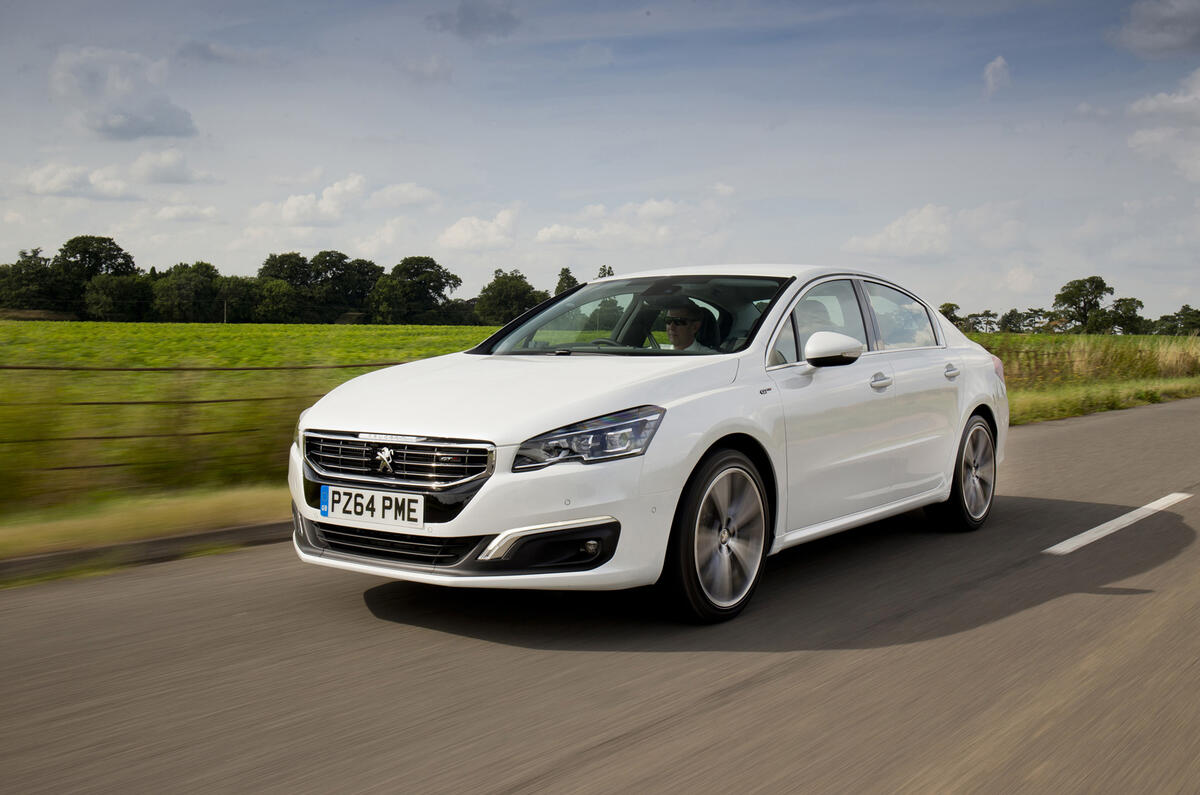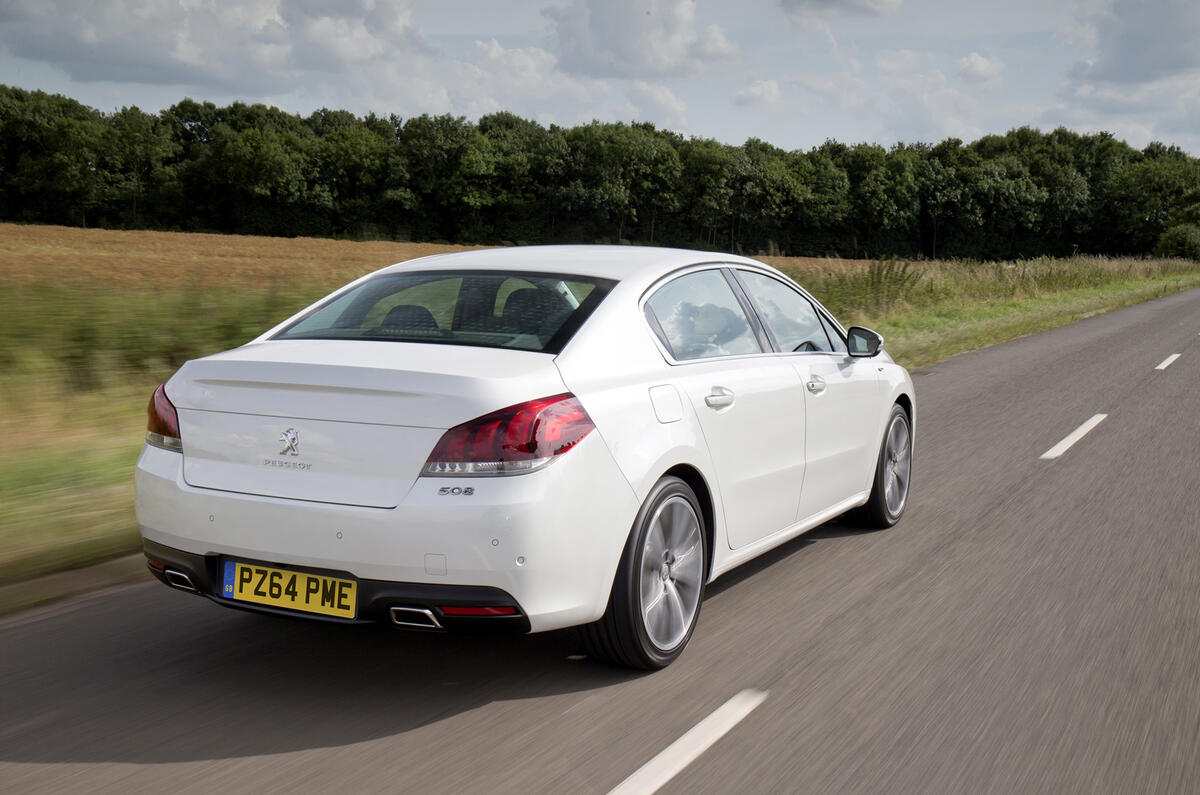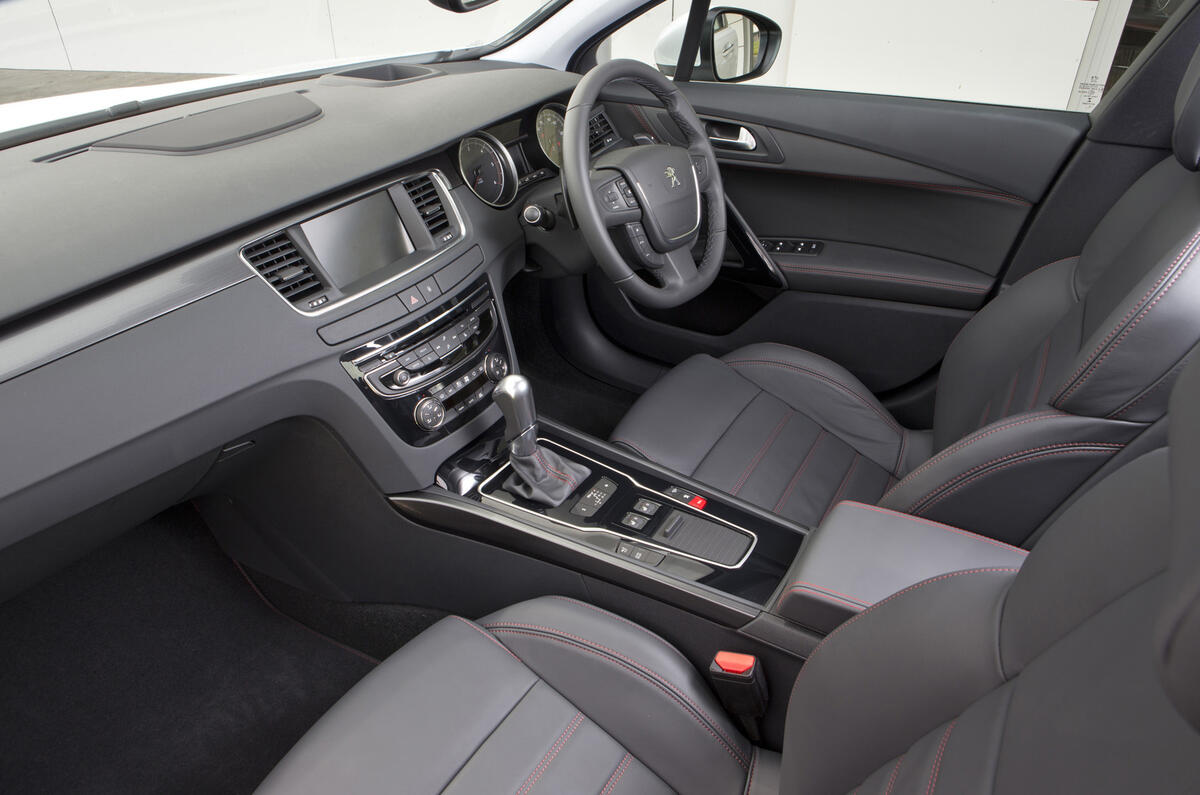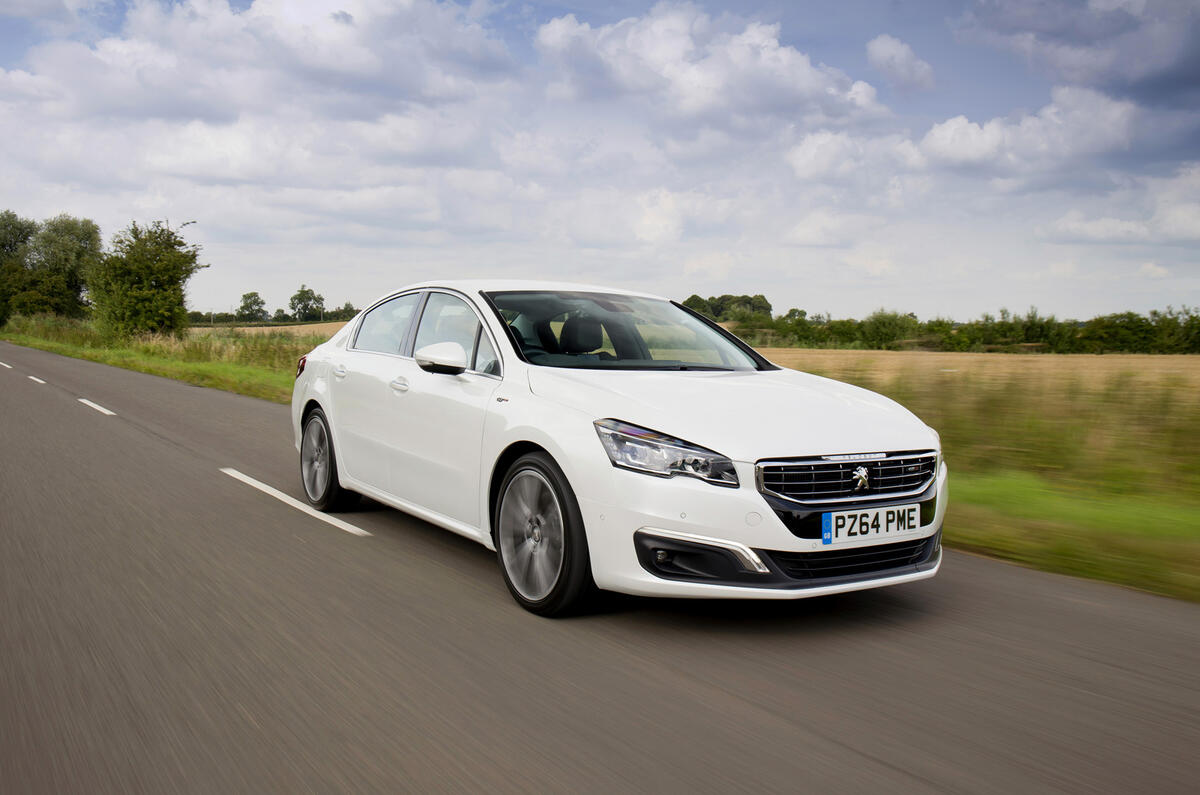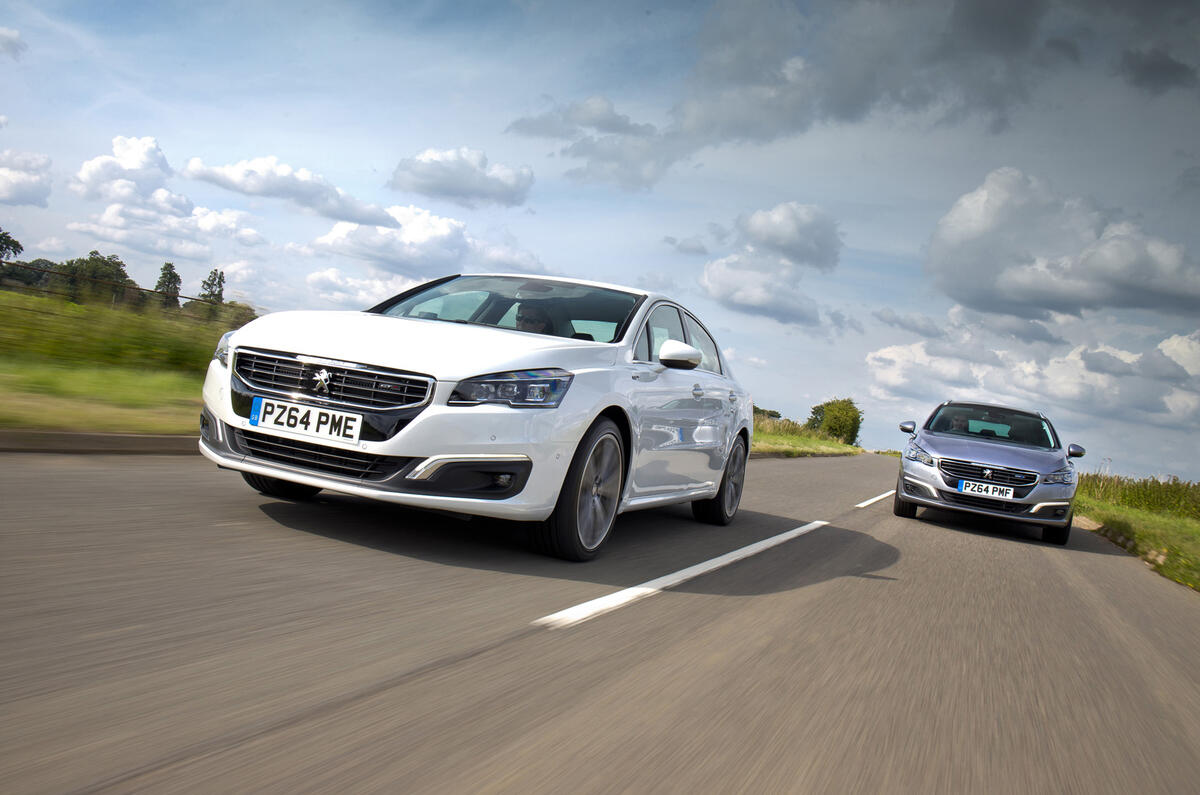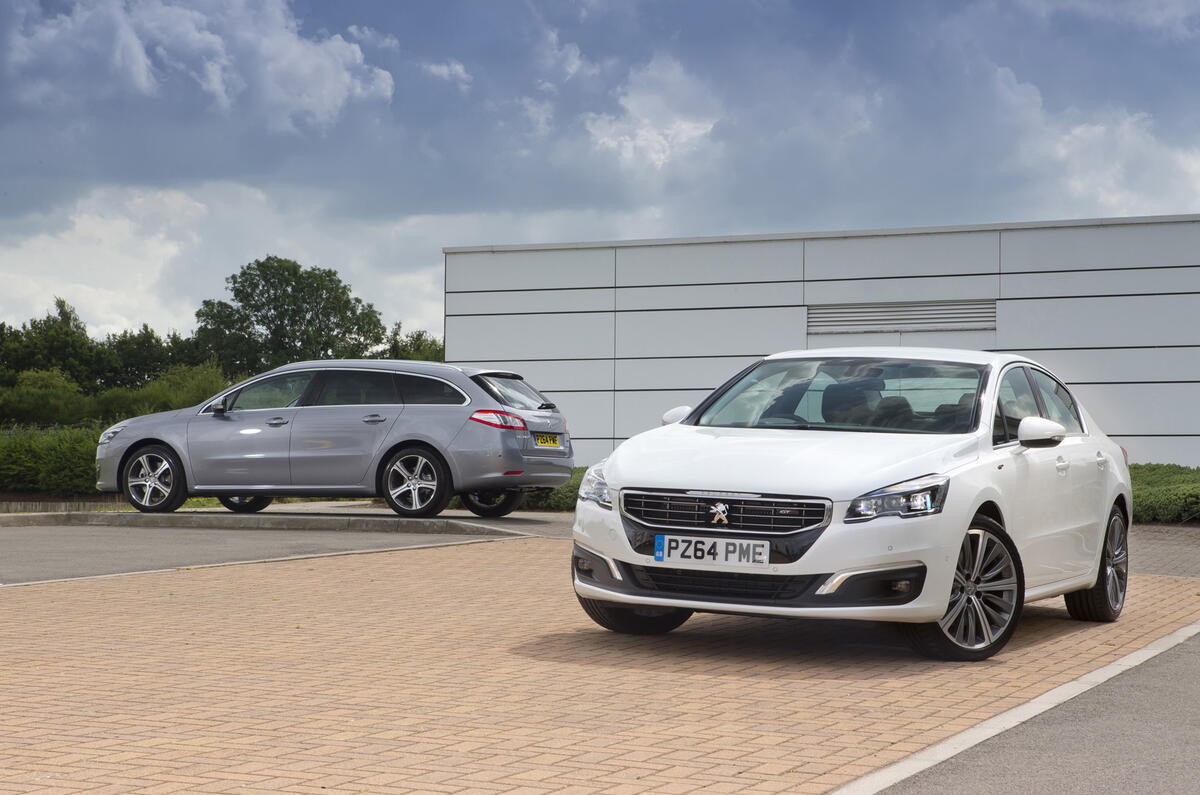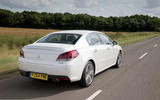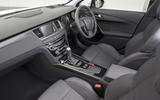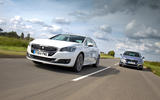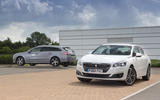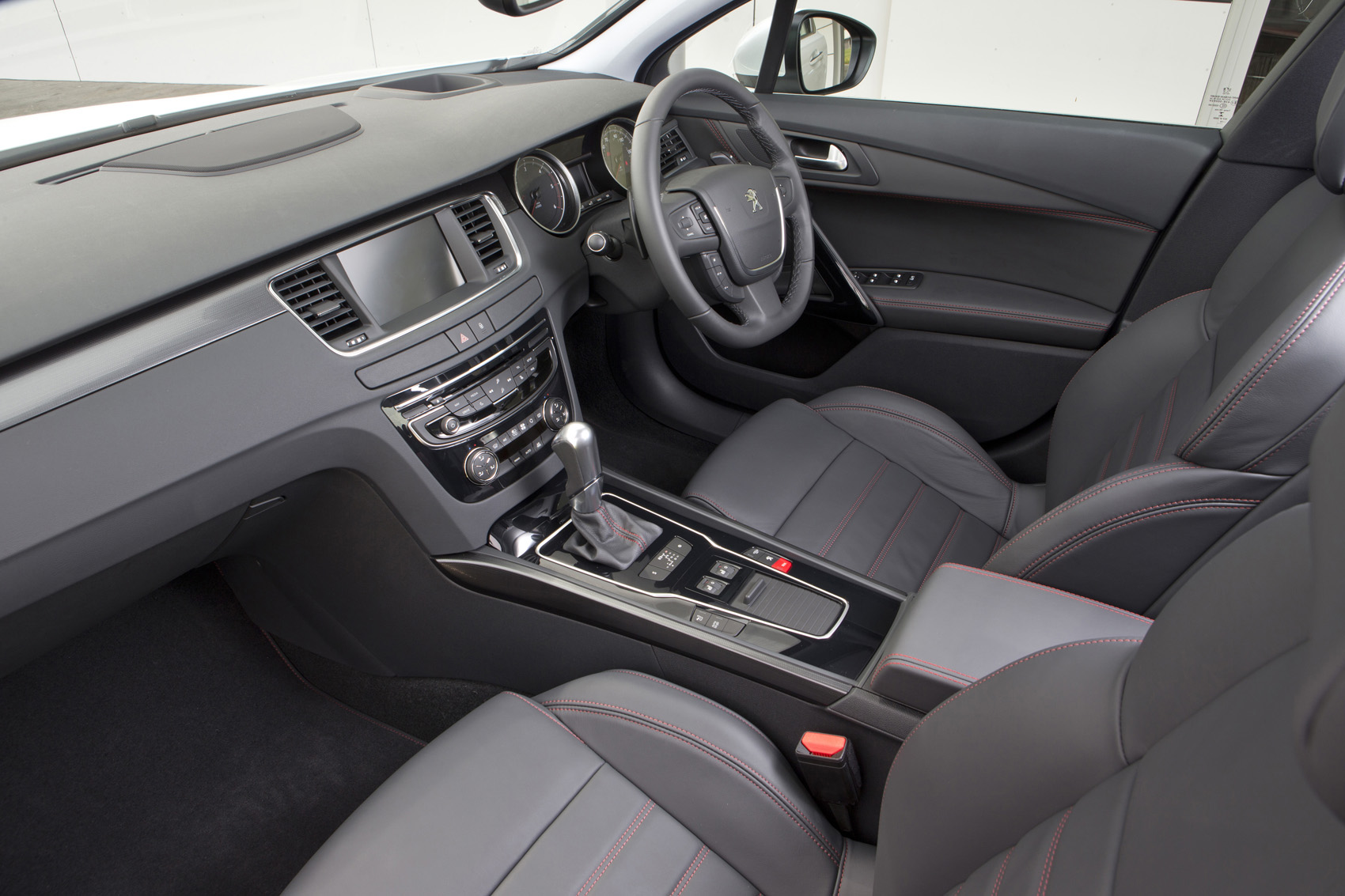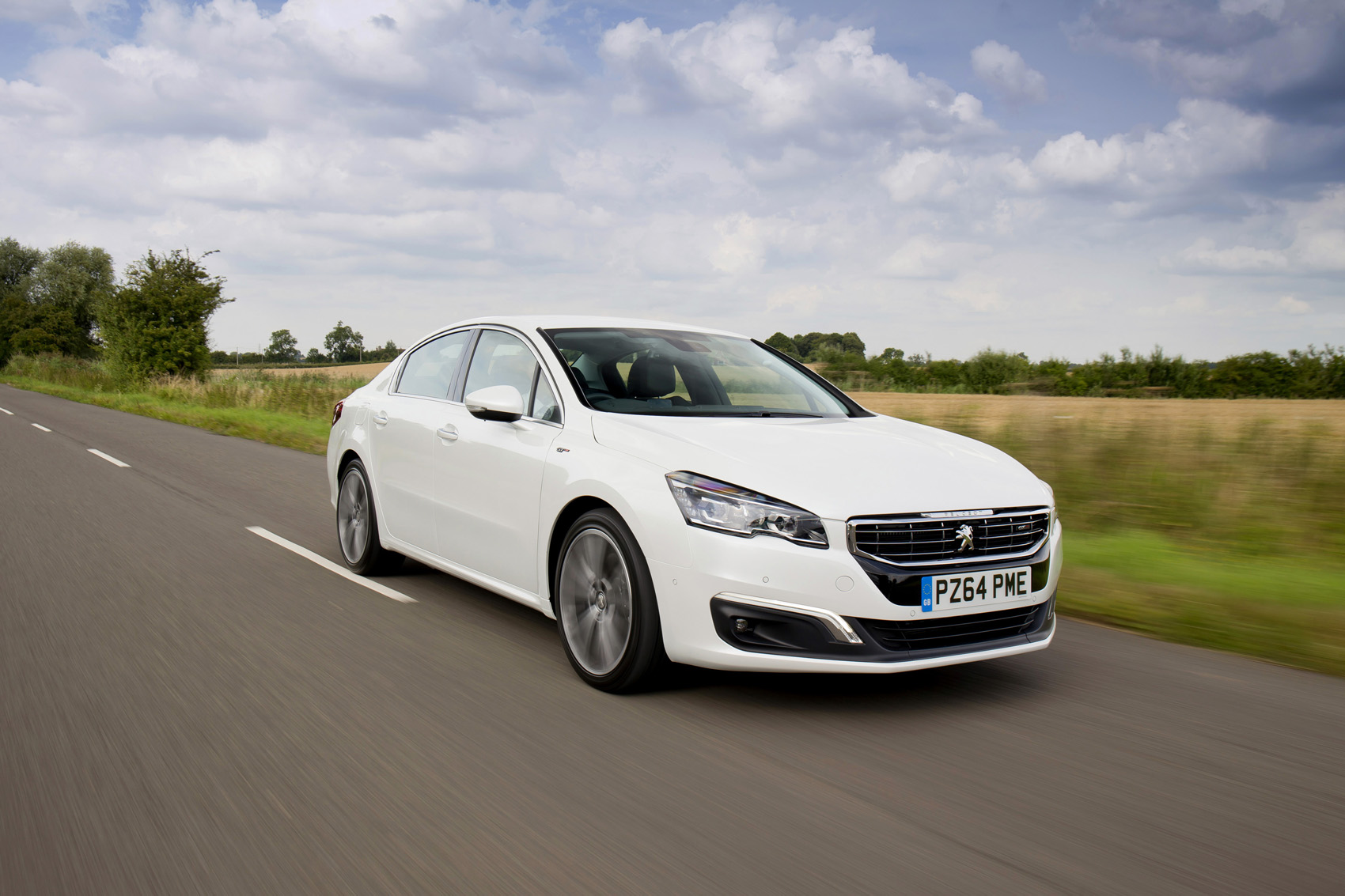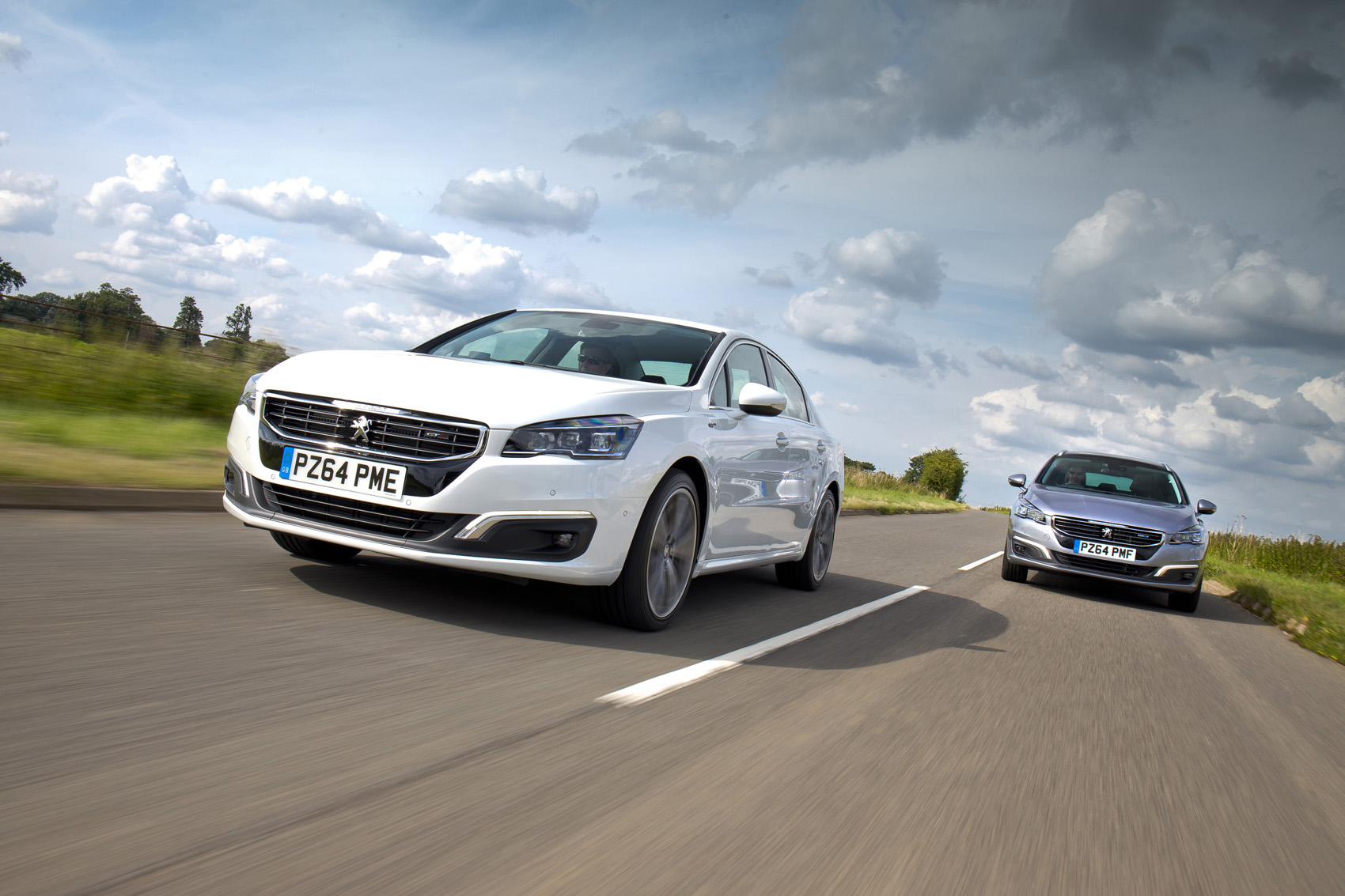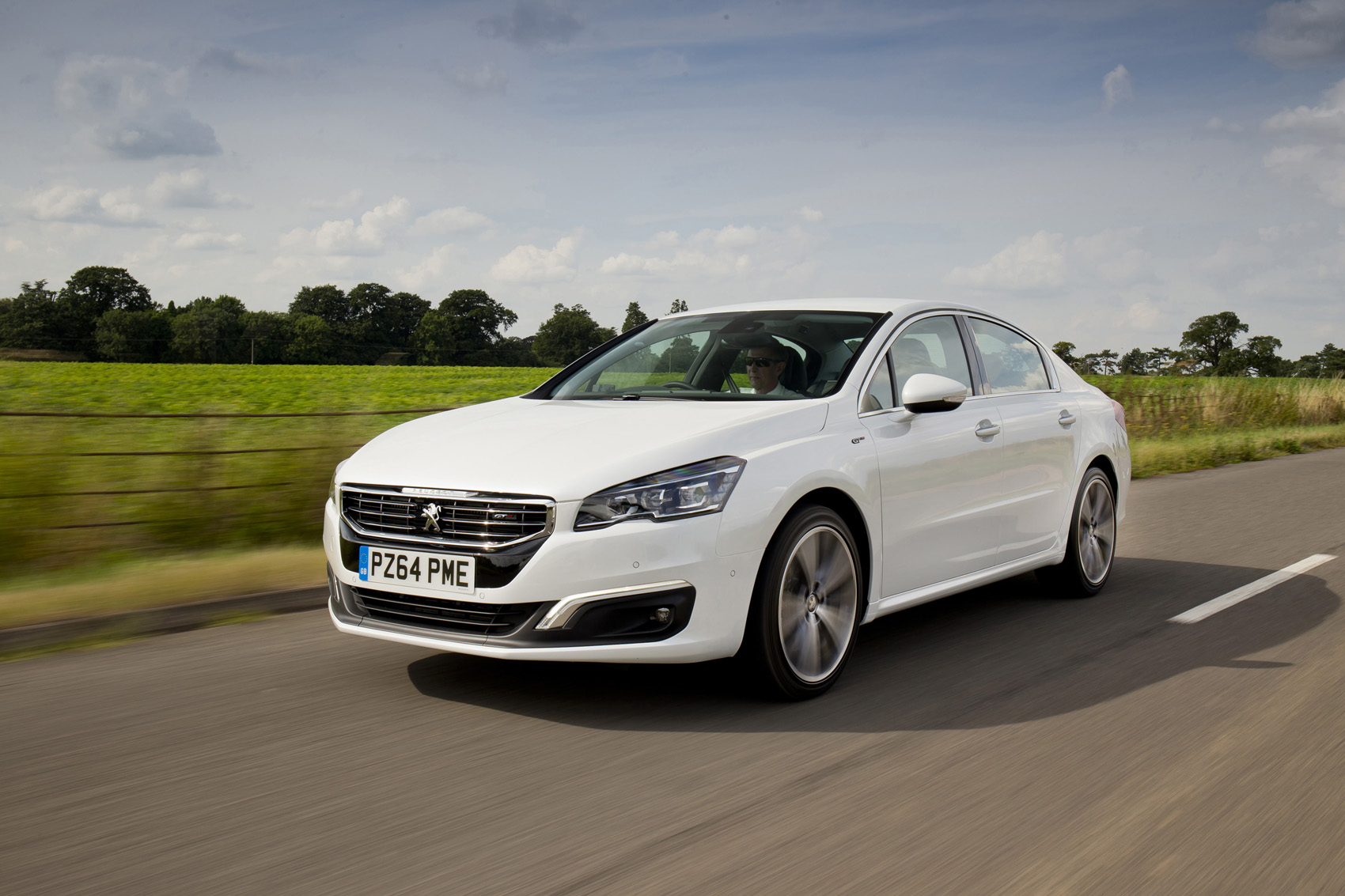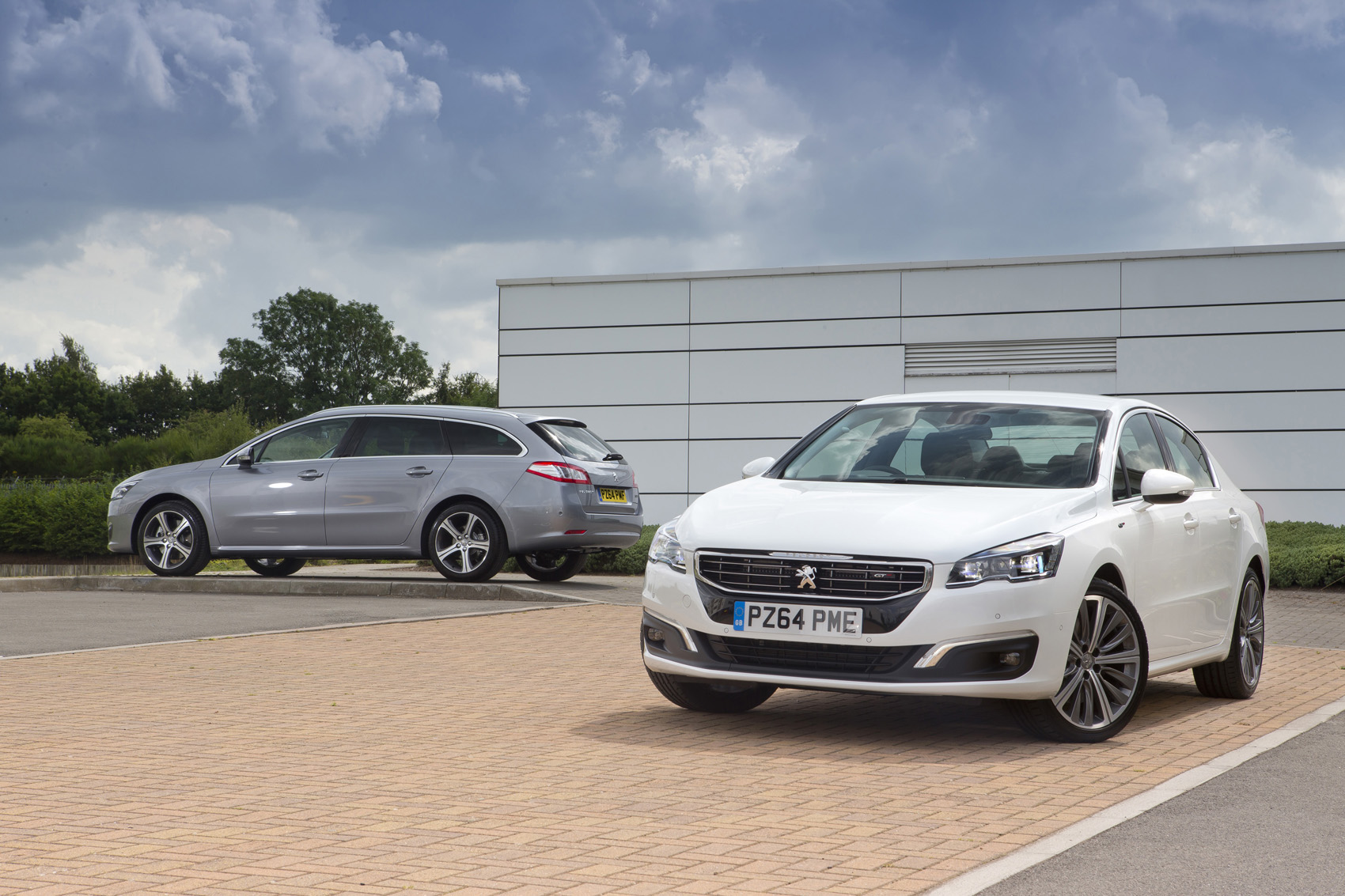There was a time, before the turn of the 21st century, when picking the best-driving car in any ordinary family motor sector invariably meant securing yourself a Peugeot.
Unfortunately, the 508 arrives at a time when that guarantee no longer exists. Back in the 1990s, buying a car from the French firm promised you “the drive of your life”, and even if that was only likely to be true if you endured an otherwise sheltered motoring existence, a model with a lion on its nose was generally the best driving in its class. Cars such as the 205 supermini, 306 hatchback – even the 106 city car – built a powerful perceived lead for Peugeot on ride and handling.
It’s a lead that’s since been squandered, by dull-to-drive offerings like the 206 and 307, and that Peugeot would rather like returned. Its Peugeot 5008 and 3008 have threatened to be the most interesting handling cars in their respective, generally uninspiring, niches, with the second generation of the latter set to take the baton on and forward. And the 508 has the potential to go a stage further and become a mainstream Peugeot, one that sells in vast numbers, that is as engaging as any competitor.
Replacing both the 407 and the ancient 607, the Mondeo-sized 508 is part of a class that – albeit not so dominant as it once was, when the cars like the Ford Cortina, Vauxhall Cavalier and Peugeot 405 were in their pomp – is still one of Europe’s most significant and competitive.


